|
Creative blocks can be frustrating, but there are several strategies you can use to overcome them. Here are some tips to help you get your creative juices flowing:
Confusion is normal. The creative process include Curiosity, Chaos, and Clarity. Curiosity inspires us to start painting our painting. Then comes Chaos, which is the mess in the middle of the painting. In the end is Clarity, when we see how it's all come together. Be comfortable in the Chaos, even seasoned pros have this experience. Take Breaks. Step away from your project for a while. Short breaks can help you recharge and return to your work with a fresh eye. Embrace Constraints. Limitations can often fuel creativity. Embrace the constraints you face and use them as a source of inspiration. Break Large Paintings into Smaller Ones. How do I manage paintings that are 5 feet by 5 feet, or larger? The answer is that I don’t. I learned long ago that when you’re painting, you’re really only looking at about 12 square inches at any time. So in the end, to paint a 5 by 5 foot painting, I paint 25 12” x 12” paintings. Divide you painting into convenient, bite-size tasks. It makes it much easier. Make sure you have everything you need. The right brush, the right colors, the right lighting, a comfortable chair or stool, room temperature, etc. Take the time to prepare the details of your circumstance to maximize your comfort and enjoyment. Try New Techniques or Tools In the middle of a large painting, take a break to enjoy a small painting exercise. Like doing a 5 inch by 5 inch palette knife painting in say about one hour. Or a painting using only your fingers (I have nitrile gloves). Get free and loose for awhile. Keep it sketchy. Stop taking it so seriously. Remember we’re explorers. Keep it curious and mysterious. Let go of performance anxiety. Come back into the present moment. It’s about the journey not the end product. The point of a dance is not to get to the end of the dance, it is to enjoy being in the dance. The goal of the musician is not to get to the end of the song. The goal of the artists is to be in the creative flow, and the artwork that comes out of that is a bonus. Stop competing with your self. Notice if there is a voice in your head telling you that you must do better than you’ve ever done before. Silence that voice. You’re an explorer, not a contestant. Errors, miss-steps and little so-called failures are normal. They are a sign that you are growing. It’s ok to be normal. Famous Quotes about Blocks and Inspiration “If it is a bigger creative block, I try to ride it out and just let it happen. I will still draw, but most pieces will end up in the trash, and that’s OK. I think some of the biggest bursts of creativity and artistic growth I’ve had are usually preceded by a big creative block.” — Ashley Goldberg “Inspiration exists, but it has to find us working.” — Pablo Picasso “Everyone is born creative; everyone is given a box of crayons in kindergarten. Then when you hit puberty they take the crayons away and replace them with dry, uninspiring books on algebra, history, etc. Being suddenly hit years later with the ‘creative bug’ is just a wee voice telling you, ‘I’d like my crayons back, please.” — Hugh MacLeod “The creativity for you is a place where no one else has ever been. You have to leave the city of your comfort and go into the wilderness of your intuition. What you’ll discover will be wonderful. What you’ll discover is yourself.” — Alan Alda
0 Comments
The history of art throughout the world is vast. And the summary here of Western art history is a good starting point. This Link will take you to a very convenient chronological chart of western art history. And below are styles being explored by painters in my studio. In my painting program... most painters are exploring Contemporary Realism, Impressionism, Tonalism, Luminism, and Surrealism. Here are samples of each from art history: Contemporary Realism The contemporary realism movement is a worldwide style of painting which came into existence in the 1960s and early 1970s. Featuring a straightforward approach to representation practiced by artists such as Philip Pearlstein, Alex Katz, Jack Beal and Neil Welliver. The movement refers to figurative art works created in a natural yet highly objective style. Today the term Contemporary Realism encompasses all post-1970 sculptors and painters whose discipline is representational art, where the object is to portray the "real" and not the “ideal". More about Contemporary Realism About Photorealism By Richard Estes Historical Origin of Realism The Realist movement began in the mid-19th century as a reaction to Romanticism and History painting. In favor of depictions of 'real' life, the Realist painters used common laborers, and ordinary people in ordinary surroundings engaged in real activities as subjects for their works. More about Realism The Gleaners is an oil painting by Jean-François Millet completed in 1857. Impressionism Impressionism was a 19th-century art movement characterized by relatively small, thin, yet visible brush strokes, open composition, emphasis on accurate depiction of light in its changing qualities (often accentuating the effects of the passage of time), ordinary subject matter, unusual visual angles, and inclusion of movement as a crucial element of human perception and experience. Impressionism originated with a group of Paris-based artists whose independent exhibitions brought them to prominence during the 1870s and 1880s. More about Impressionism Impression, Sunrise is an 1872 painting by Claude Monet Tonalism Tonalism was an artistic style that emerged in the 1880s when American artists began to paint landscape forms with an overall tone of colored atmosphere or mist. Between 1880 and 1915, dark, neutral hues such as gray, brown or blue, often dominated compositions by artists associated with the style. During the late 1890s, American art critics began to use the term "tonal" to describe these works, as well as the lesser-known Two of the leading associated painters were George Inness and James McNeill Whistler. Overview of Tonalism "Georgia Sunset" by George Inness Luminism Luminism is an American landscape painting style of the 1850s to 1870s, characterized by effects of light in landscape, through the use of aerial perspective and the concealment of visible brushstrokes. Luminism landscapes emphasize tranquility, and often depict calm, reflective water and a soft, hazy sky. Artists who were most central to the development of the luminist style include Fitz Hugh Lane, Martin Johnson Heade, Sanford Gifford, and John F. Kensett. More about Luminism "Bend on the Juniata River" by Sanford Gifford Surrealism Surrealism aims to revolutionise human experience. It balances a rational vision of life with one that asserts the power of the unconscious and dreams. The movement's artists find magic and strange beauty in the unexpected and the uncanny, the disregarded and the unconventional. More about Surrealism "The Persistence of Memory" 1931 Salvador Dali
|
AuthorPatrick Howe Archives
July 2024
Categories
All
|
|
Copyright © 2023, by Patrick Howe, all rights reserved.
Patrick Howe, Artist, Author and Educator Seattle, WA. Contact: [email protected] |
|

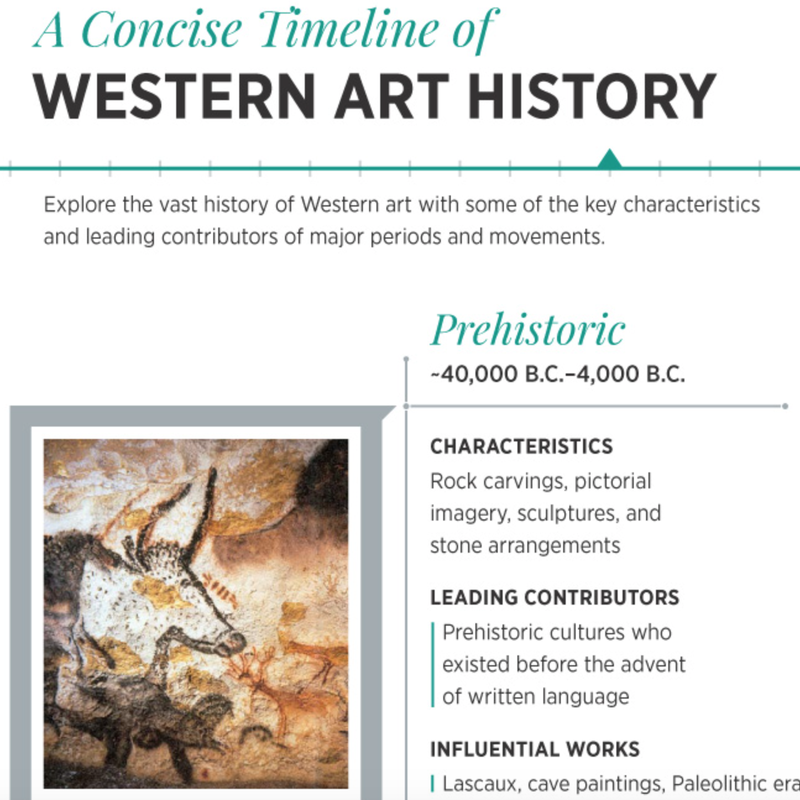
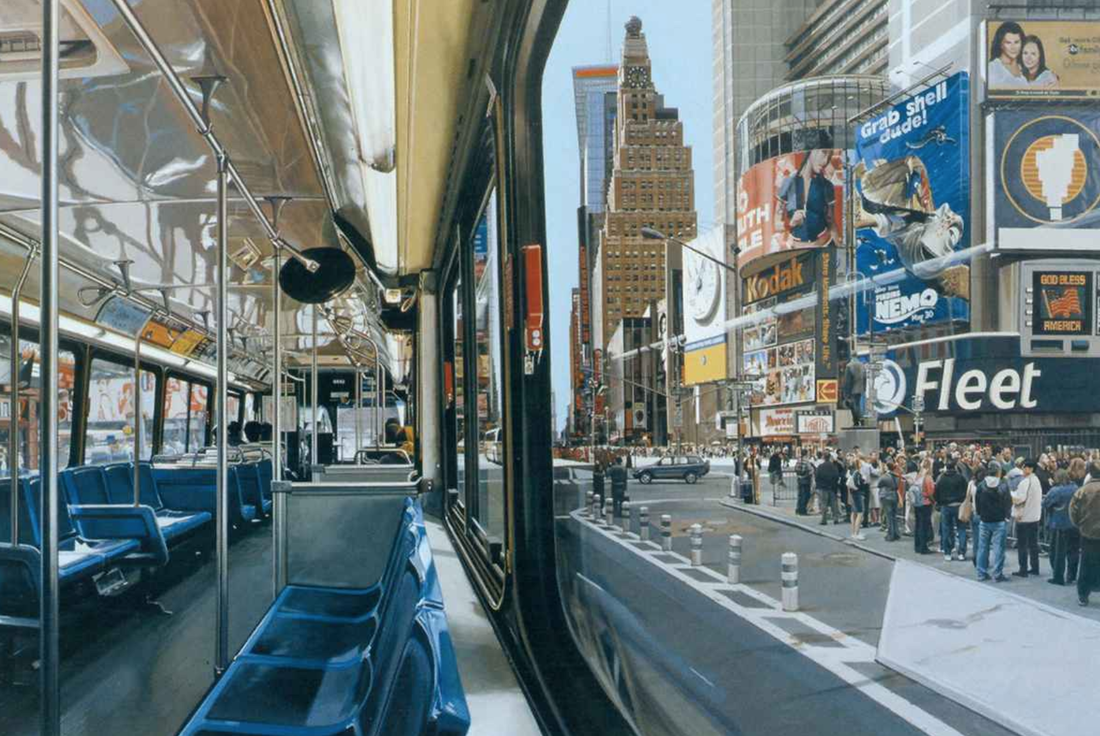
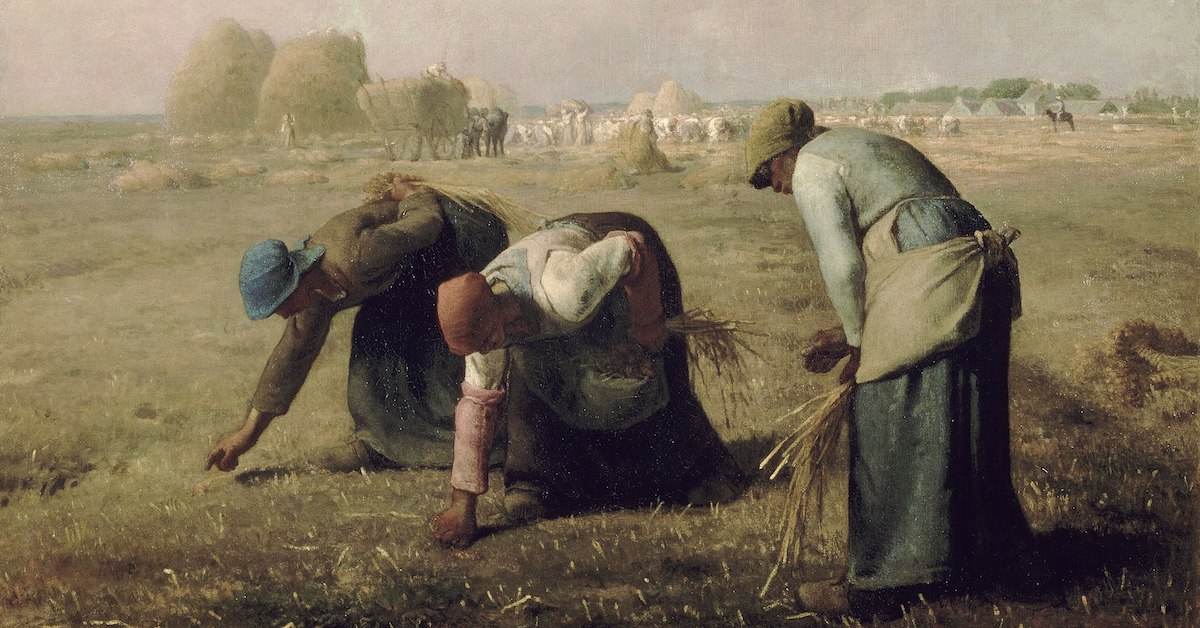
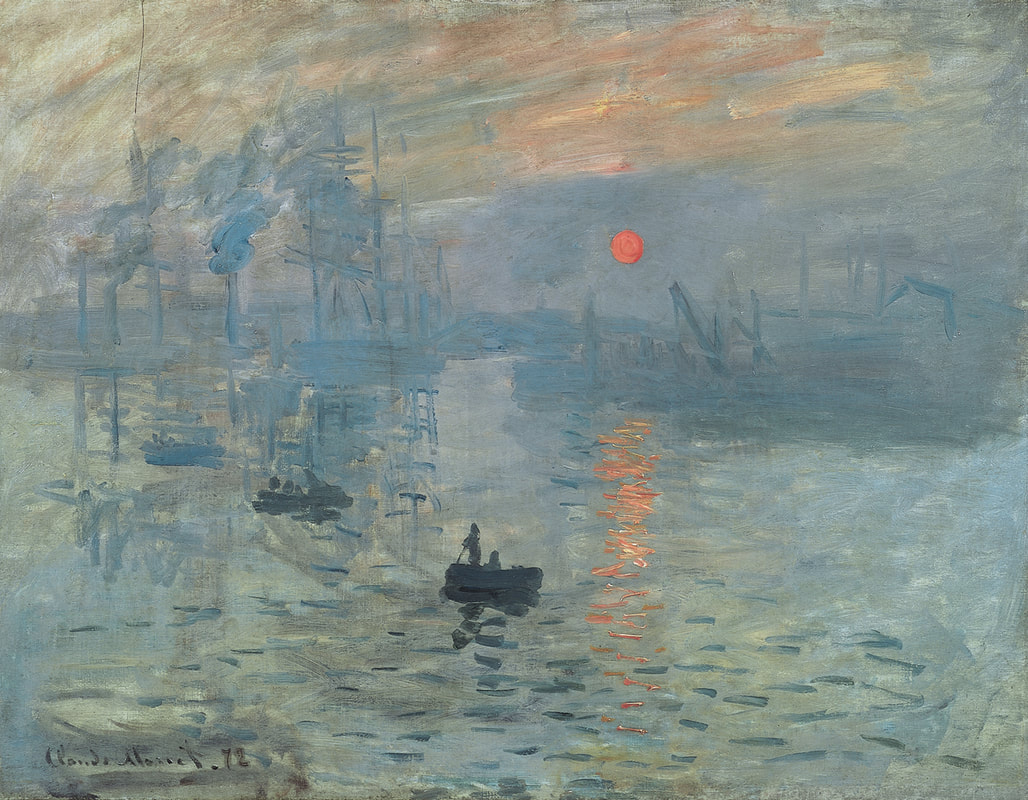
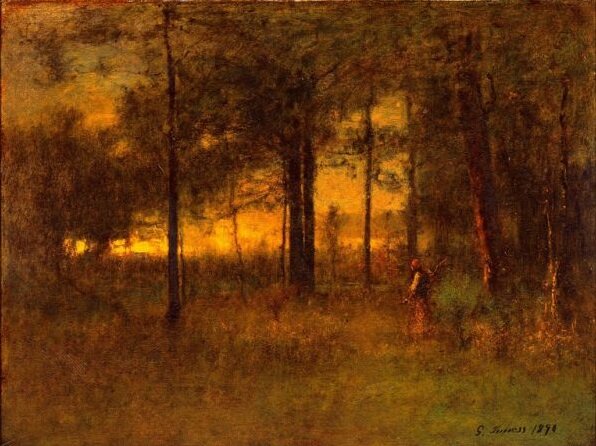
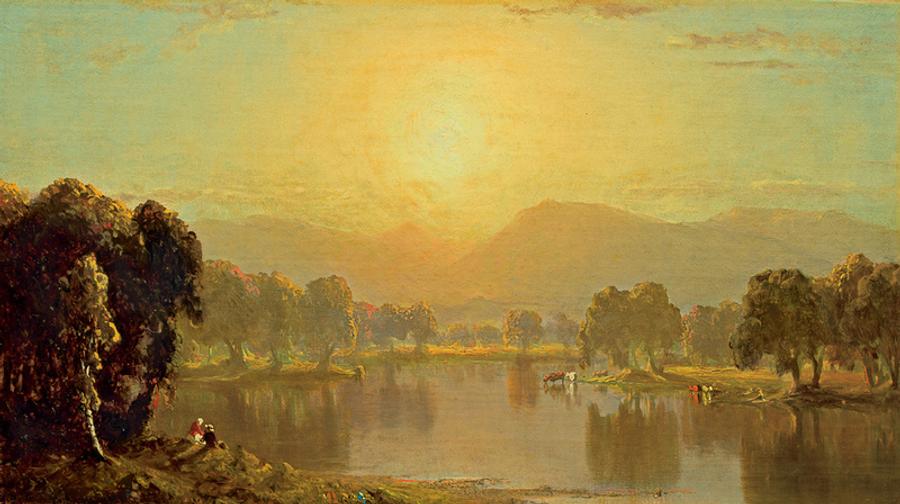

 RSS Feed
RSS Feed
